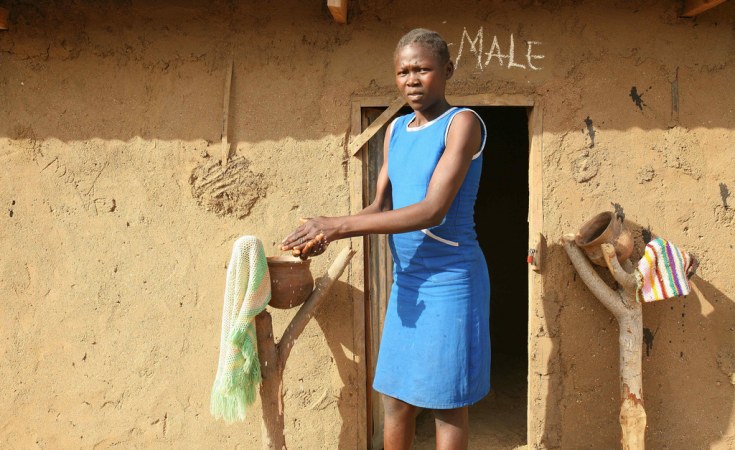London — Nearly half the world's schools lack clean drinking water, toilets and handwashing facilities, putting millions of children at risk of disease, experts warned on Monday.
Almost 900 million children have to contend with a lack of basic hygiene facilities during their education, putting their health at risk and meaning some have to miss school.
"You can't have a quality learning environment without these basics," said Dr Rick Johnston of the World Health Organization, a lead researcher on the project.
"Children may not come to school at all if there's no toilets ... Then, when they are at school, they are not going to at their very best if they not able to use a decent toilet or if they are not properly hydrated."
World leaders have signed up to global pledges to provide safe water and hygiene facilities for all and ensure every child gets a comprehensive education by 2030 under the UN's sustainable development goals.
A lack of safe water and sanitation facilities can cause dehydration, illness, and even death.
But many children are forced to risk their health to take part in classes, according to the report produced jointly by the United Nations Children's Fund UNICEF and the WHO, the first to look specifically at provision in schools.
It found nearly a third of primary and secondary schools lacked a safe and reliable drinking water supply, affecting nearly 570 million children. Nearly 20 percent of schools had no safe drinking water at all.
Just over a third of schools lacked adequate toilet facilities, affecting more than 620 million children. Almost one in five primary schools and one in eight secondary schools were considered to have no sanitation.
Nearly half lacked proper handwashing facilities, essential for helping prevent the spread of infections and disease. Nearly 900 million children were affected, the report found.
Sub-Saharan Africa, East and Southeast Asia had some of the worst facilities.
"It's deeply shocking," Tim Wainwright, the chief executive of charity WaterAid, told the Thomson Reuters Foundation.
"The consequences are very broad in terms of children's access to education, general health and state of nutrition."
Adolescent girls in particular are often forced to miss classes when they are on their periods if there are no proper cleaning and sanitation facilities, he said.
More than a third of girls in South Asia miss school during their periods, often because they lack access to toilets or pads, according to a WaterAid and UNICEF study earlier this year.
The World Bank last year warned countries needed to quadruple spending to $150 billion a year to deliver universal safe water and sanitation.
However, experts say they are optimistic the situation can be quickly improved if leaders treat water, sanitation and hygiene as a priority.
"With political will, it really is possible to deliver good quality services," said Johnston.
- Reporting by Sonia Elks, Editing by Claire Cozens


